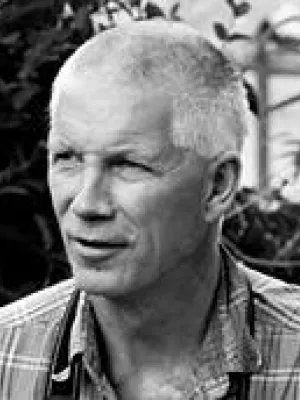
Jonas Ardö
Professor

Comparison between remote sensing and a dynamic vegetation model for estimating terrestrial primary production of Africa
Author
Summary, in English
Africa is an important part of the global carbon cycle. It is also a continent facing potential problems due to increasing resource demand in combination with climate change-induced changes in resource supply. Quantifying the pools and fluxes constituting the terrestrial African carbon cycle is a challenge, because of uncertainties in meteorological driver data, lack of validation data, and potentially uncertain representation of important processes in major ecosystems. In this paper, terrestrial primary production estimates derived from remote sensing and a dynamic vegetation model are compared and quantified for major African land cover types.
Department/s
- Dept of Physical Geography and Ecosystem Science
- BECC: Biodiversity and Ecosystem services in a Changing Climate
Publishing year
2015
Language
English
Publication/Series
Carbon Balance and Management
Volume
10
Document type
Journal article
Publisher
BioMed Central (BMC)
Topic
- Climate Research
Keywords
- Africa
- carbon cycle
- GPP
- LPJ-GUESS
- MOD17
- NPP
- resource assessment
Status
Published
Research group
- remote sensing
ISBN/ISSN/Other
- ISSN: 1750-0680

